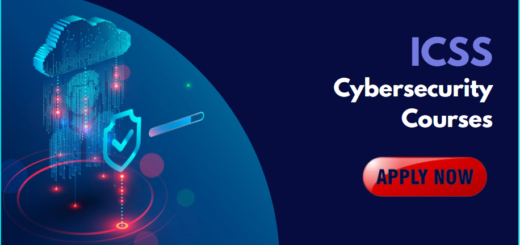How to Perform Effective Cybersecurity Logging?
Cybersecurity incidents are affecting millions of users every day. It doesn’t matter whether you’re running an online business or using the Internet for other professional and personal purposes, chances are you’re already affected at some level.
Talking about Data breach incidents, it’s definitely unfortunate but it becomes even worse when companies fail to keep proper logs of the incident. Today, I will share some important steps to perform effective Cybersecurity Logging but before that let’s shed some light on the importance of Cybersecurity logging.
Why Cybersecurity Logging is Important?
Every data breach investigation needs proper logs of months or even years to identify what exactly happened. However, some investigations suffer from a lack of logs and that makes the situation even difficult to come up with any solution.
In this case, you may require to send notifications to your entire customer base or paying large fines. In some cases, logs are not available because they are overwritten. Many devices overwrite their logs by default when they fill up and only keeps track of recent events, which are often insufficient for a cybersecurity investigation.
Logs might be deleted by a hacker or an insider with malicious intentions. Similarly, an admin could perform some illegal activity and remove the logs for clearing pieces of evidence. Therefore, it’s very important to have a robust and tamper-proof logging system to retain logs securely.
Important Steps to Perform Effective Cybersecurity Logging
1. Maintain a Centralized Log Archive

The very first step of ensuring the integrity of logs is to send them to a centralized log management system for archival. You may want to do it on a nightly basis or archive logs in batches. But according to me, the best approach is to send logs to the repository as they are created.
Batch archival can result in missing data if log integrity is compromised in between archival cycles. So, instead of waiting for a specific time, you should allow continuous logs writing to the central repository. This will help you ensure important events are tracked, even local copies are overwritten, corrupted or deleted.
In the case of any data breach or another incident, the investigation teams can easily access and analyze the logs to identify what happened, implement effective responses and also prevent future intrusions.
2. Set Up Log Access Restrictions
As you have successfully archived your logs, it’s time to secure this data from unauthorized tampering. There are a lot of people in an organization and so it’s crucial to restrict the log access to a certain group of employees. These logs should be accessible to cybersecurity department but not with other IT people.
The next step is to secure the data from unauthorized tampering. This begins by restricting log access to a select group of individuals. At any cost, your goal should be to keep a ‘true copy’ of your logs in one location that cyber criminals or any malicious insider cannot reach.
Your organization must be clear with separation of duties so that no hacker or malicious insider, such as an administrator can remove the evidence every server or location.
Furthermore, there should be some technology separation between the production systems and archival system. You may use a cloud system or a third-party monitoring service segregate the logs on a different network.
3. Monitoring and Alerting
It’s never enough to simply store the logs at a secured place. The companies need to continuously monitor the log data to know about any potential cybersecurity threat.
Earlier, this task could be easily managed by a person or team. But with time, the amount of data significantly increased and now it requires intelligent computing systems to review logs and identify cybersecurity events.
Take an example of Security Information and Event Management (SIEM), a monitoring system that analyses logs from multiple devices and compares the data to identify events and alert cybersecurity teams. Now, as some events are also false positives, the team review the relevant log data and then decide whether the event is something serious.
For better understanding, if the system alerts the team on backing up a large amount of data upon project completion, it would be a false positive. However, the same situation could be a security incident if a malicious insider tries to steal data in the same way.
4. Swift Response
Cybersecurity incidents usually with an aim, and if you’re unable to address the issue quickly, the attacker will definitely be successful in his or her goal.
With the swift response, you can limit the impact of cybersecurity incidents such as ransomware. After the identification of the potential incident, you can automate initial response activities such as quarantining an infected machine, blocking connections, disabling accounts, blocking data transmissions, etc.
Automation decreases the time significantly and thus minimizes the impact of an incident. The assigned teams then respond to the incident by taking over after results obtained from automated activities. They clean and restore quarantined machines, investigate data breaches or malicious traffic with cybersecurity law enforcement groups.
Wrapping Up
Log integrity and availability is like a foundation of investigating any data breaches. It helps cybersecurity teams understand the situation and come with effective solutions. However, due to negligence or lack of knowledge, companies still consider them as just a collection of data. The companies should understand the importance of log monitoring and setting up swift response strategies to reduce the impact of a cybersecurity incident.data breach
Logging also has benefits outside of cybersecurity. You can use these data to investigate performance-related issues, provide administrative alerts and it also helps you verify that organizational IT policy is working as intended. So, It would be wise if you view the costs associated with establishing a logging capability in light of these benefits too.data breach










